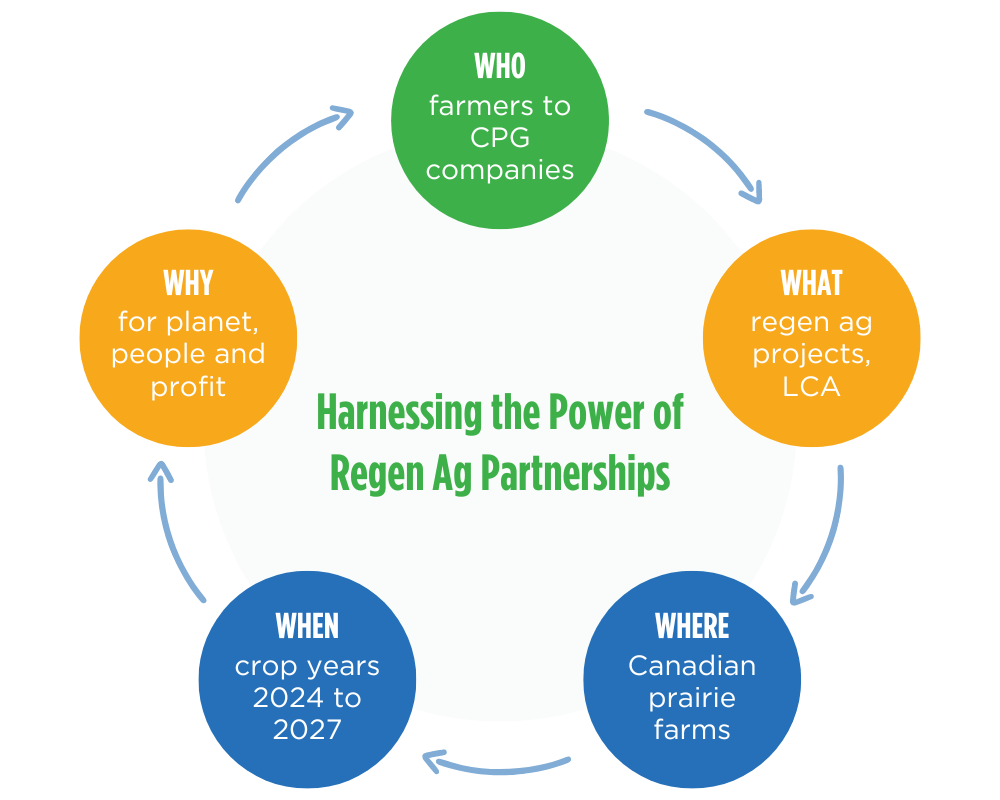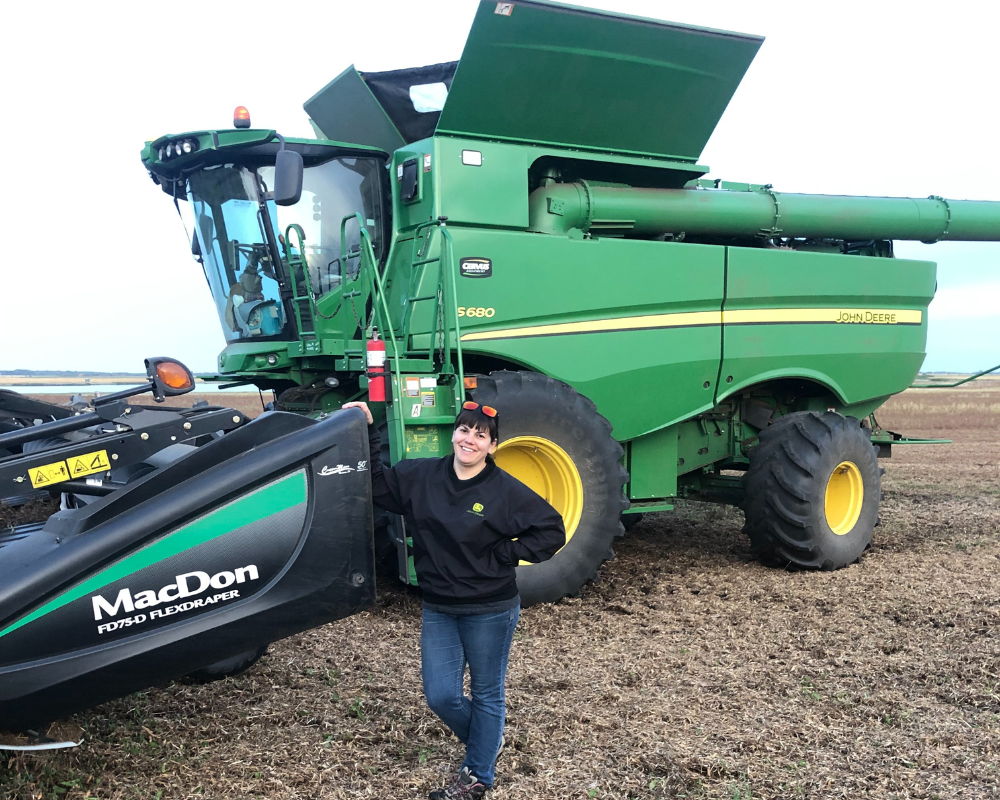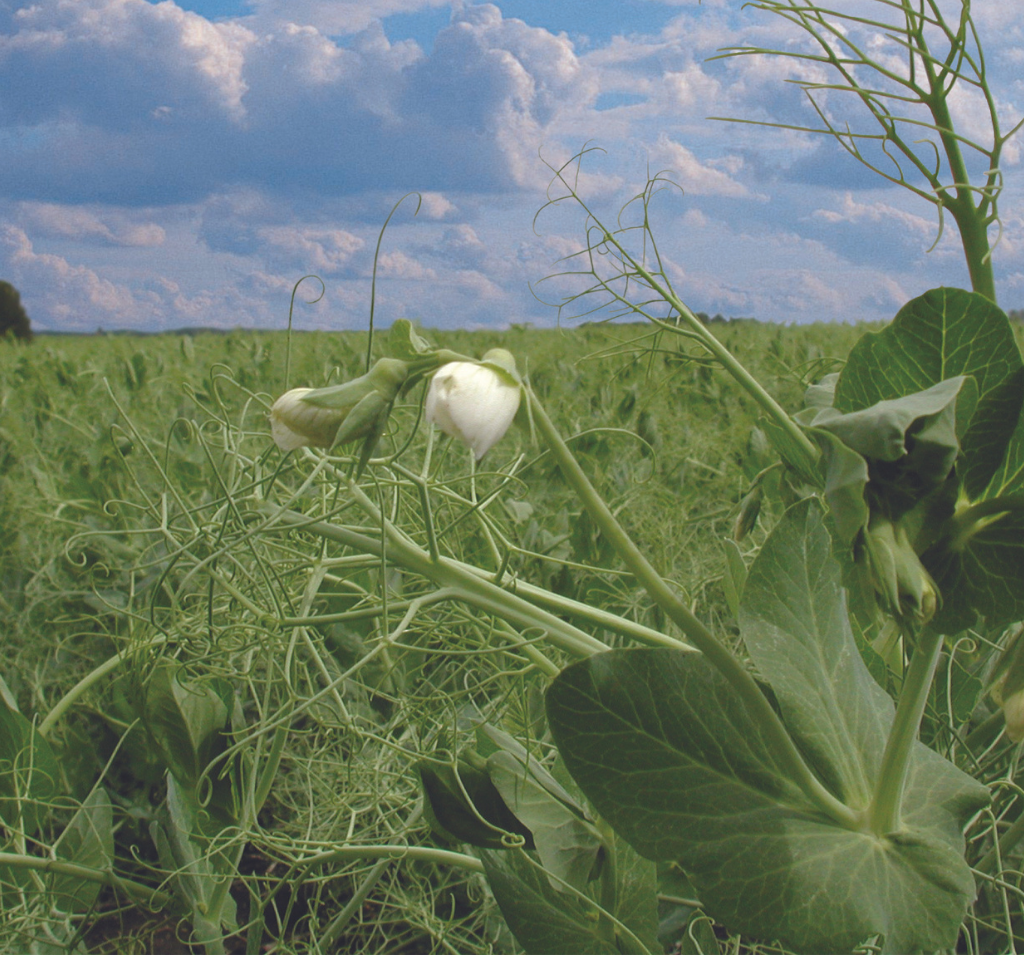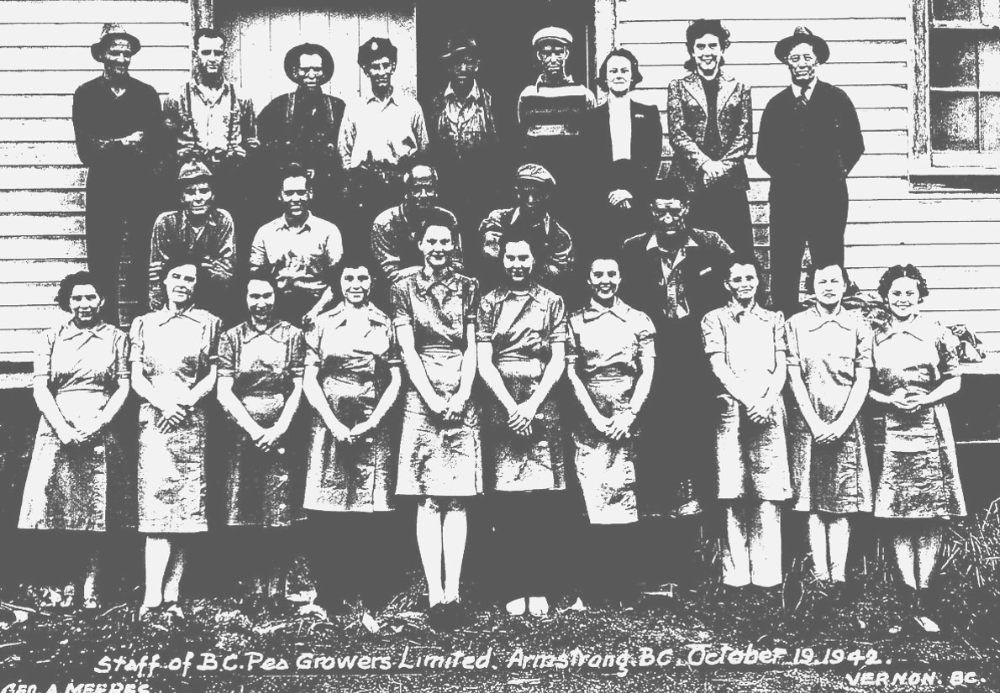Harnessing the Power of Regen Ag Partnerships
How?
Avena’s ‘Harnessing the power of regen ag partnerships’ provides CPG companies with the information and metrics to meet consumer preferences for planet-friendly foods and beverages.
Working alongside farmers and ‘Collective Impact Ag’*, food and beverage companies can curate and personalize sustainability projects across the value chain.
Your project could include:
- supporting farms to trial regen ag practices
- marketing and social media resources
- linking your product to a farm or farmer
- Life Cycle Assessment (LCA)
- carbon insets
* ‘Collective Impact Ag‘ provides farmers with guidance around sustainability and regen ag projects for the land. The work incorporates:
- greenhouse gas (GHG) emissions and carbon footprint
- emerging trends in biodiversity
- water footprint and landscape
- regenerative agriculture
- community development and awareness





